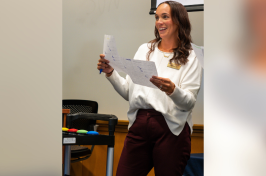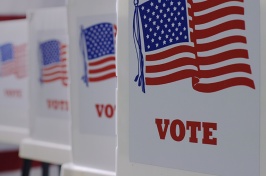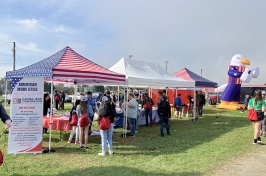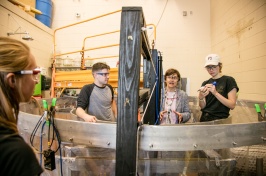UNH Research Finds Many School Districts Continue to Restrain and Seclude Students with a Disability at an Alarming Rate, Despite Policy Changes
DURHAM, N.H. - Despite numerous states making policy revisions in recent years, students with disabilities in some school districts are restrained and secluded at an alarming rates, according to new research at the Carsey School of Public Policy at the University of New Hampshire.
"Although restraint and seclusion rates across states continue to range considerably, between-state variation is overshadowed by the tremendous within-state variation," the researchers said. "These findings suggest that local policy decisions and other factors related to school culture, rather than state policy, seem to be the greatest determinants of restraint and seclusion rates."
In addition, the researchers found that restraint is slightly more common in more affluent districts than it is in districts with more diversity and poverty, and more common in urban areas than it is in rural.
The research was conducted by Douglas Gagnon, a former research assistant at the Carsey School; Marybeth Mattingly, director of research on vulnerable families at the Carsey School and research assistant professor of sociology at UNH; and Vincent Connelly, associate professor of education at UNH.
The researchers also found that, while the majority of school districts report no instances of restraint or seclusion, a small proportion of districts report exceedingly high rates. Nearly 200 districts in the U.S. (1.3 percent) report rates higher than one restraint for every two students with a disability. According to the research, 69.2 percent of school districts report no instances of restraint of a student with a disability and 87.1 percent do not report a single instance of seclusion. These proportions remained relatively consistent from 2009-10 and 2011-12 despite changes in state laws intended to reduce these practices.
Restraint is a practice that uses physical or mechanical means to restrict a student's freedom of motion. Seclusion is a practice that usually involves the involuntary isolation of a student for a period of several minutes.
This research is based on data from the 2011-12 Civil Rights Data Collection, the 2012 Small Area Income and Poverty Estimates and the 2010 U.S. Census. The research brief "Restraint and Seclusion of Students with a Disability Continue to Be Common in Some School Districts" is available at http://scholars.unh.edu/carsey/224/
The Carsey School of Public Policy conducts policy research on vulnerable children, youth, and families and on sustainable community development, giving policy makers and practitioners timely, independent resources to effect change in their communities.
The University of New Hampshire, founded in 1866, is a world-class public research university with the feel of a New England liberal arts college. A land, sea, and space-grant university, UNH is the state's flagship public institution, enrolling 12,300 undergraduate and 2,200 graduate students.
Editors: Researchers Douglas Gagnon, Marybeth Mattingly, and Vincent Connelly are available to discuss the results of this study. Gagnon can be reached at djb492@unh.edu and 603-862-2821, Mattingly at beth.mattingly@unh.edu and 240-593-4297, and Connelly at vincent.connelly@unh.edu and 603-862-0595.
Latest News
-
October 30, 2024
-
October 10, 2024
-
October 8, 2024
-
October 3, 2024
-
October 1, 2024
















































